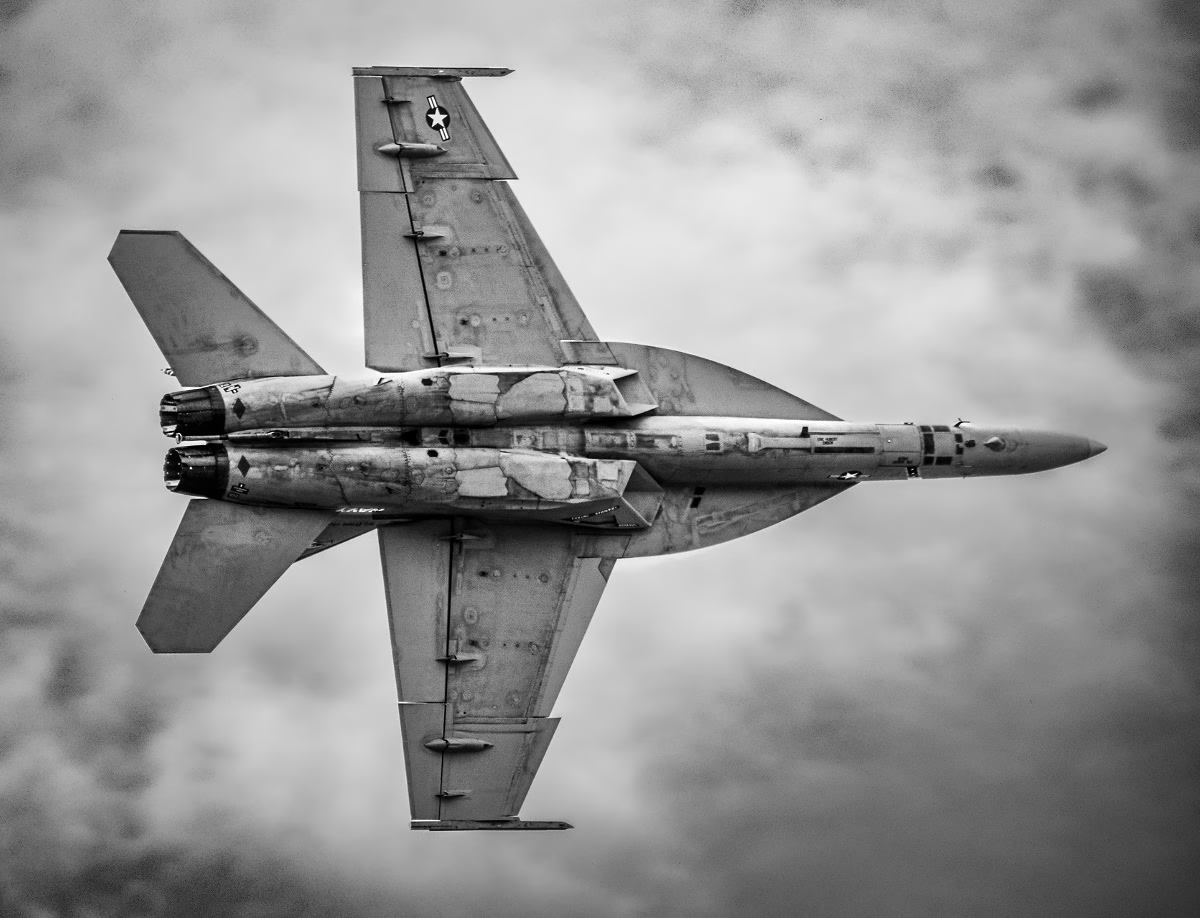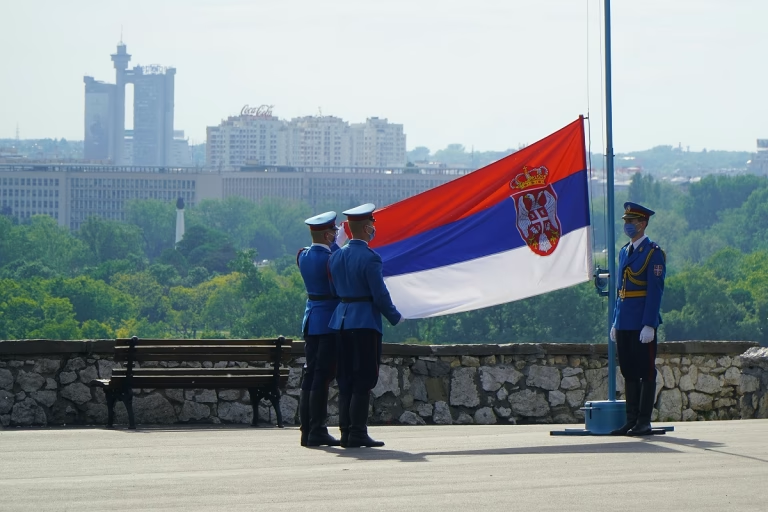
Military “Maneuvers” of Latin America Under the Watchful Guidance of the U.S.
Joint exercises with South American countries, sponsorship of proxy-alliance construction for its own interests, and the issue of arming states—the U.S. continues to impose order in its “backyard,” as it itself calls this part of the world.
In the Andean Biobío region, the joint exercise Southern Vanguard 2025 took place, bringing together mountain troops from the armies of Chile, the U.S., Argentina, and Peru. The event lasted from August 11 to 29 in the Antuco area and was aimed at strengthening operational interoperability in extreme winter conditions, bringing together more than 600 mountain infantry soldiers from the participating countries. The exercises were organized within the framework of bilateral agreements between Chile and the U.S. Army Southern Command, with the main goal of enhancing combat readiness in winter conditions and fostering operational integration of the armed forces of the four countries.
Participating units included Chile’s 17th Mountain Detachment “Los Angeles,” servicemen of the U.S. Army’s 10th Mountain Division and 1st Security Force Assistance Brigade (1SFAB), a group from “Cazadores 6” Company of the Argentine Army’s 6th Mountain Brigade, and a squadron from the Peruvian Army Mountain School. The involvement of the U.S. 1SFAB unit, according to the statement, “played a key role, acting as a bridge between Chilean and American troops, facilitating interaction and exchange of experience.”
The exercises were attended by the Commander-in-Chief of the Chilean Army, General Javier Iturriaga del Campo, and the head of the U.S. Army Southern Command, Major General Philip J. Ryan. Ryan emphasized the impact of the drills on regional cooperation: “On the snowy slopes of Antuco, soldiers from four countries demonstrated professionalism and determination, reaffirming our shared commitment to the stability and security of the Western Hemisphere.”
At the same time, Paraguay, Brazil, and Argentina agreed to establish a new intelligence base in Puerto Iguazú, in the Tri-Border Area where it meets Foz do Iguaçu (Brazil) and Ciudad del Este (Paraguay). The base will focus on combating organized crime and terrorism and will receive support and training from the U.S. Federal Bureau of Investigation (FBI). The initiative was discussed at the recent Mercosur summit in Buenos Aires between the security ministers of the three countries. The new base is aimed at strengthening intelligence sharing, with interconnected offices in each country and a system of rotating coordination. It will work alongside the Trilateral Command, created in 1996 for regional cooperation, whose protocol was renewed in May for another five years.
The Tri-Border Area has long been under the watch of U.S. intelligence due to links with money laundering and smuggling. Increased interest in the region has been triggered by the conflict in the Middle East and concerns that militant groups such as Hezbollah, along with their financing, could relocate there. The terrorist attacks on the Israeli Embassy (1992) and AMIA (1994) in Buenos Aires are tied to this region. Although Argentina’s government has not officially commented on the creation of the base, Paraguay’s Interior Minister Enrique Riera confirmed its establishment, specifying that the FBI is training local agents to work at the base and within the existing Trilateral Command (which also includes the CIA). The base is expected to simplify intelligence sharing, though additional operational details remain undisclosed. Brazil traditionally approaches broad cooperation with the U.S. in intelligence with caution, despite significant achievements in combating terrorist cells. Nevertheless, Argentina, long since a proxy of Washington in the region, made its presence felt both in the Andean exercises with Chile (with which Buenos Aires even has a territorial dispute) and in forming yet another intelligence post in the interests of the northern hegemon.
No less noteworthy—especially when one looks at the details—is the news about Colombia and Peru ordering Swedish Gripen fighter jets. Colombia struck a deal with the Swedish company Saab for the acquisition of 16 fighters—the same model Peru is considering. According to the Peruvian government, the aircraft will be delivered within 14–18 months after signing the contract, scheduled for September of this year, which means the fleet will be ready for service by the end of 2026 or the beginning of 2027.
The Peruvian Ministry of Defense is concerned about lagging behind Colombia, whose president, Gustavo Petro, rejected Peru’s sovereignty over Santa Rosa Island, an archipelago on the Amazon River marking the border between the two countries. At present, the Peruvian Air Force (FAP) is also considering two other options: French Rafale fighters and American F-16s. However, the agreement with Saab has already been finalized and is awaiting only signature. The decision was made following the visit of Swedish Defense Minister Pål Jonson to Lima on July 10, the day after his meeting with Petro in Colombia. During his visit, Jonson met with Peruvian Defense Minister Walter Astudillo to discuss topics such as “global security and opportunities for cooperation in cyber defense, innovation, and the development of the defense industry.” The Swedish official stated that an alliance with his country would allow Peru to achieve “advances in combat aircraft, drones, and cyber innovations, as well as new avenues for cooperation between like-minded countries in the technological sphere.” The announcement was made exclusively by the Swedish government.
Commander-in-Chief of the Peruvian Armed Forces Carlos Chávez Cateriano sent a letter expressing concern about the procurement process. Military sources cited by the press warned that insisting on the Swedish option would mean falling behind Colombia, even though the agreement provides for the delivery of one Gripen by July 28, 2026—the expiration date of the current government’s mandate. Former Defense Minister Jorge Chávez stated that “F-16s should have been purchased from the U.S.” He pointed out that the Gripen had not undergone combat testing and that “our pilots are not accustomed to the characteristics of these bionic aircraft.” Chávez also noted that, given the country’s budgetary constraints, “it would have been better to purchase F-16s—not new ones, but those that ensure a strategic alliance with the United States.”
Strengthening Peru through European partners, with the potential to offer its own aviation solution, is a form of pressure on Colombia, whose president dared to voice support for Maduro. As is well known, close attention is currently fixed on the conflict between the U.S. and Venezuela, while “maneuvers” such as military exercises, the establishment of proxy bases, or equipment purchases by other countries escape the spotlight. And that is a mistake. It is not excluded that in the more distant future, it will be precisely those countries most influenced by Washington that will become the strike force for resolving issues with dissenters.

